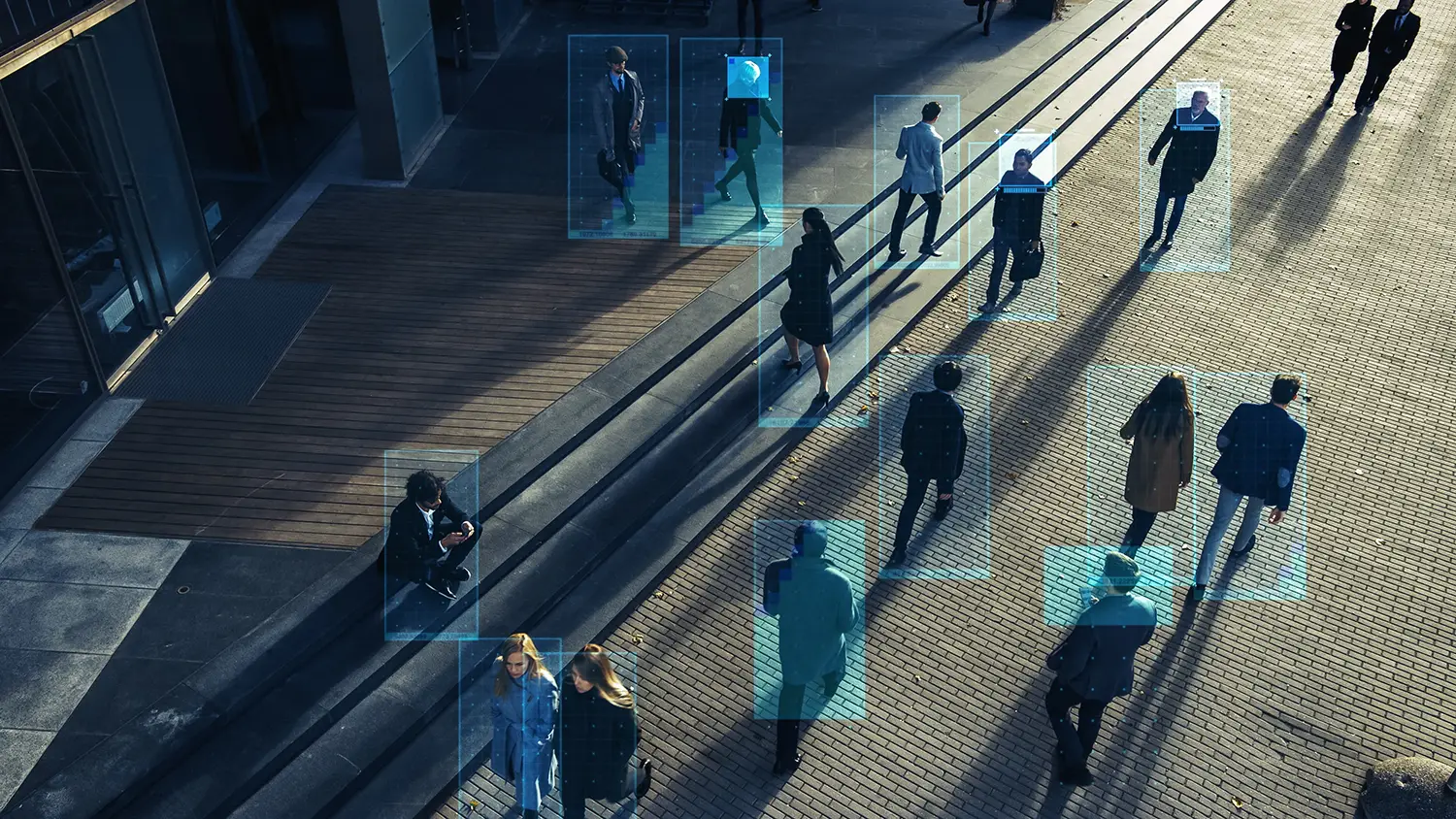I’ve spent countless hours in boardrooms and design sessions recently, and the conversation is always the same: AI. Many have been captivated by the immense potential of Large Language Models, autonomous agents, and AI-powered copilots. We’re integrating them into our workflows, connecting them to our APIs, and pointing them at our most valuable data.
But in our rush to innovate, we’re creating a significant blind spot. Teams are so focused on what these AI systems can do that they’re failing to properly scrutinize what they’re allowing them to be. As a result, the well-meaning AI agent is rapidly becoming one of the most powerful and overlooked insider threats on our networks.
This isn’t a future problem. This is a here-and-now architectural reality that most traditional security models are fundamentally unprepared to handle.
The Anatomy of a New Threat
For years, we’ve built security models around predictable human behavior. An AI agent shatters those assumptions. It represents a new class of risk, one that’s fundamentally different for a few key reasons:
Scale and Speed: A human insider might exfiltrate thousands of records before being detected. At machine speed, an agent could potentially exfiltrate vast amounts of data before detection, especially in environments lacking robust egress controls or query throttling. The potential scale of a breach is immense.
The Comprehension Gap: We grant permissions to human employees based on an assumed level of intent. An LLM-based agent has no intent. This behavior isn’t malicious; it’s the result of a system designed for optimizing a statistical objective without any true comprehension of the real-world consequences.
Over-Privileged by Necessity: To be truly useful, many AI agents require broad access. This makes the principle of least privilege incredibly difficult to apply. A role that is functional is often, by default, dangerously over-privileged. This isn’t theoretical, we’re already seeing research demonstrating how targeted prompt injections can turn a helpful RAG agent into a data exfiltration tool, or how a code copilot can be tricked into suggesting vulnerable dependencies.
Where Castle-and-Moat and RBAC Fall Apart
For a strong technical audience, the conclusion is obvious: our legacy security paradigms are not fit for this new purpose. Traditional IAM and perimeter models are fundamentally unprepared for this shift.
The “castle-and-moat” model of perimeter security is largely irrelevant here. The AI agent is already inside the walls. Traditional Role-Based Access Control (RBAC) also falls short, as it’s a blunt instrument designed for the predictable access patterns of human roles. You can’t easily define a “role” for an autonomous agent without making it either useless or a single point of catastrophic failure.
The Mandate for Zero Trust in the AI Era
The only viable path forward is a rigorous, deeply-implemented Zero Trust architecture. This architectural shift isn’t just a theoretical exercise; it aligns directly with emerging frameworks like the NIST AI Risk Management Framework (RMF), threat models like MITRE ATLAS, and principles outlined in the OWASP Top 10 for LLMs.
Here’s what Zero Trust principles look like in practice for AI agents:
Assume Breach by Default: Treat the AI agent as if it is already compromised. Every network connection it attempts must be treated as potentially hostile.
Radical Least Privilege & Just-in-Time (JIT) Access: The default state for any AI agent should be zero or minimal standing permissions, with privileges escalated only via temporary, Just-in-Time (JIT) grants for specific tasks.
Aggressive Micro-segmentation: The AI agent and its supporting infrastructure must be isolated in their own tightly controlled network segment to limit the blast radius if it’s compromised.
Explicit Verification and Immutable Logging: Every single request from the agent must be independently authenticated and authorized against a centralized policy engine and logged to an immutable, auditable trail.
This foundation is reinforced by an emerging class of tools, including AI-specific gateways that inspect prompts, proxies that enforce policy, and fine-grained auditing tools designed for non-human identities.
From Gatekeeper to Guardian
The adoption of AI doesn’t diminish the role of engineers and security professionals; it elevates it. Our job is to design the guardrails, the kill switches, and the fine-grained control planes that allow these agents to be effective without becoming an existential threat.
The companies that succeed in this new era won’t be those that adopt AI the fastest, they’ll be the ones who design for trustlessness from the start.
Don’t let your AI become a blind spot.






